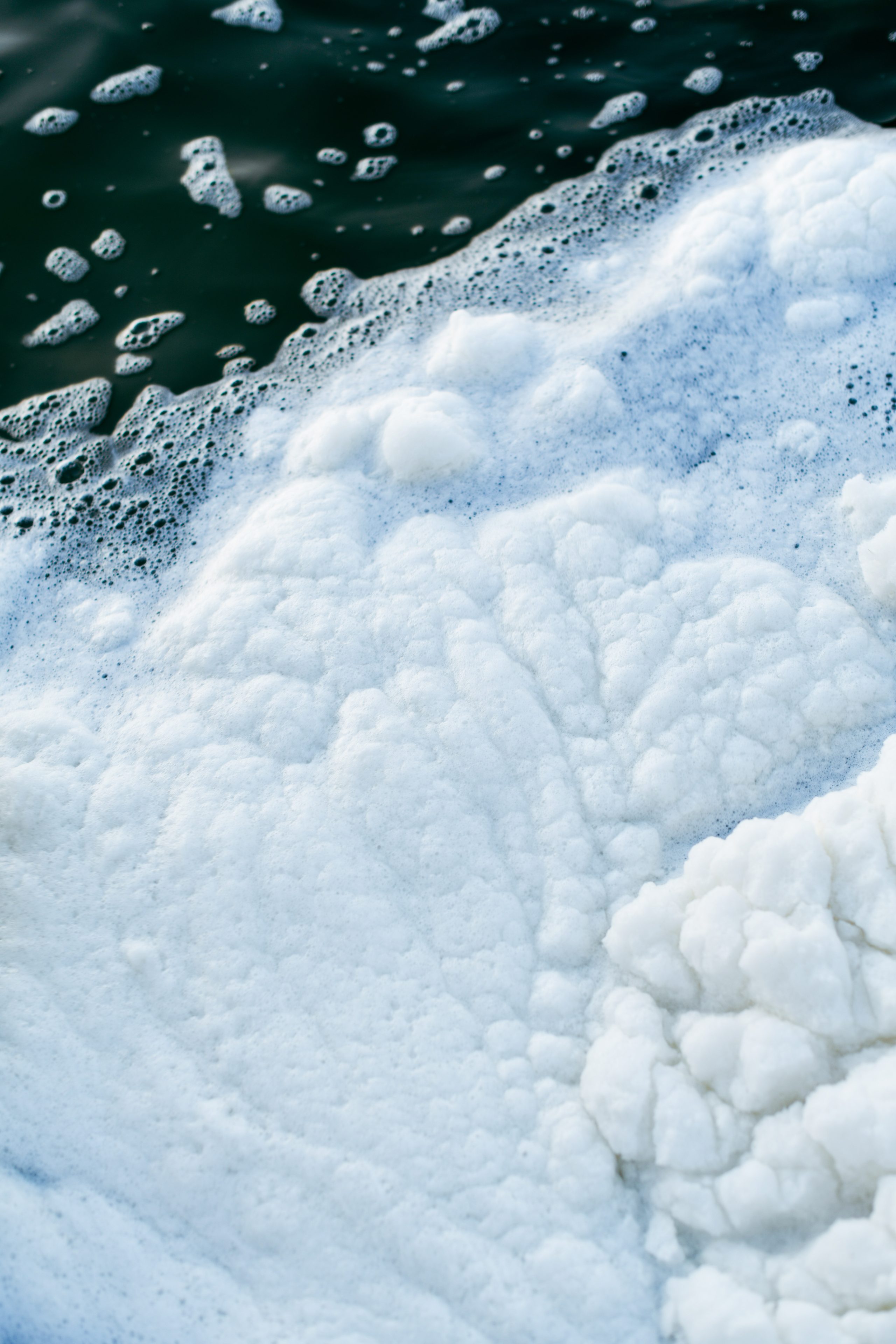Researchers from the Laboratory of Water and Turbine Machines (LVTS), with researchers from National Institute of Chemistry, conducted an experimental study to achieve the degradation of a water-soluble synthetic polymer – poly(vinyl alcohol) (PVOH) – through acoustic and hydrodynamic cavitation. The results are published in Nature’s partner journal – NPJ Clean Water (IF: 12.190).
The experimental study was conducted as part of the ARRS interdisciplinary basic research project J7-1814, which addresses the problem of microplastics in the environment. To date, the scientific community has focused only on the detection of solid synthetic polymers and their effects on aquatic ecosystems but has not looked at how they might be at least partially degraded before they enter the natural environment, such as via effluents from wastewater treatment plants. There has also been little research on water-soluble synthetic polymers. Conventional biological wastewater treatment plants are not designed to retain or degrade these products, so it is necessary to improve the existing treatment system.

Water-soluble poly(vinyl alcohol) (PVOH) is widely used in the textile and paper industries and in households as detergent pods. In addition to conventional microplastics, water-soluble PVOH poses an environmental threat because it is usually washed down the drain unnoticed and unobstructed. If not treated during wastewater treatment, it enters the aquatic ecosystem in estimated quantities of several thousand tons annually. The present study aims to address the degradation of PVOH on a laboratory scale by acoustic and hydrodynamic cavitation. The effects of temperature, addition of external oxidant, and methanol as a hydroxyl radical (˙OH) scavenger to PVOH solutions were systematically studied. At optimal operating conditions, PVOH molar mass averages significantly decreased from weight average molar mass of 124 to 1.6 kg mol-1. The SEC/MALS, FTIR, and 1H NMR results show that mechanical degradation of PVOH chains predominates in acoustic cavitation, while chemical effects also play an important role in hydrodynamic cavitation. Findings from this study could serve as model research for the degradation of other carbon-backbone polymers and provide a route to improved ultimate (bio)degradation of functionalized polymers in the environment.
Link to the scientific paper: https://www.nature.com/articles/s41545-023-00248-8.
